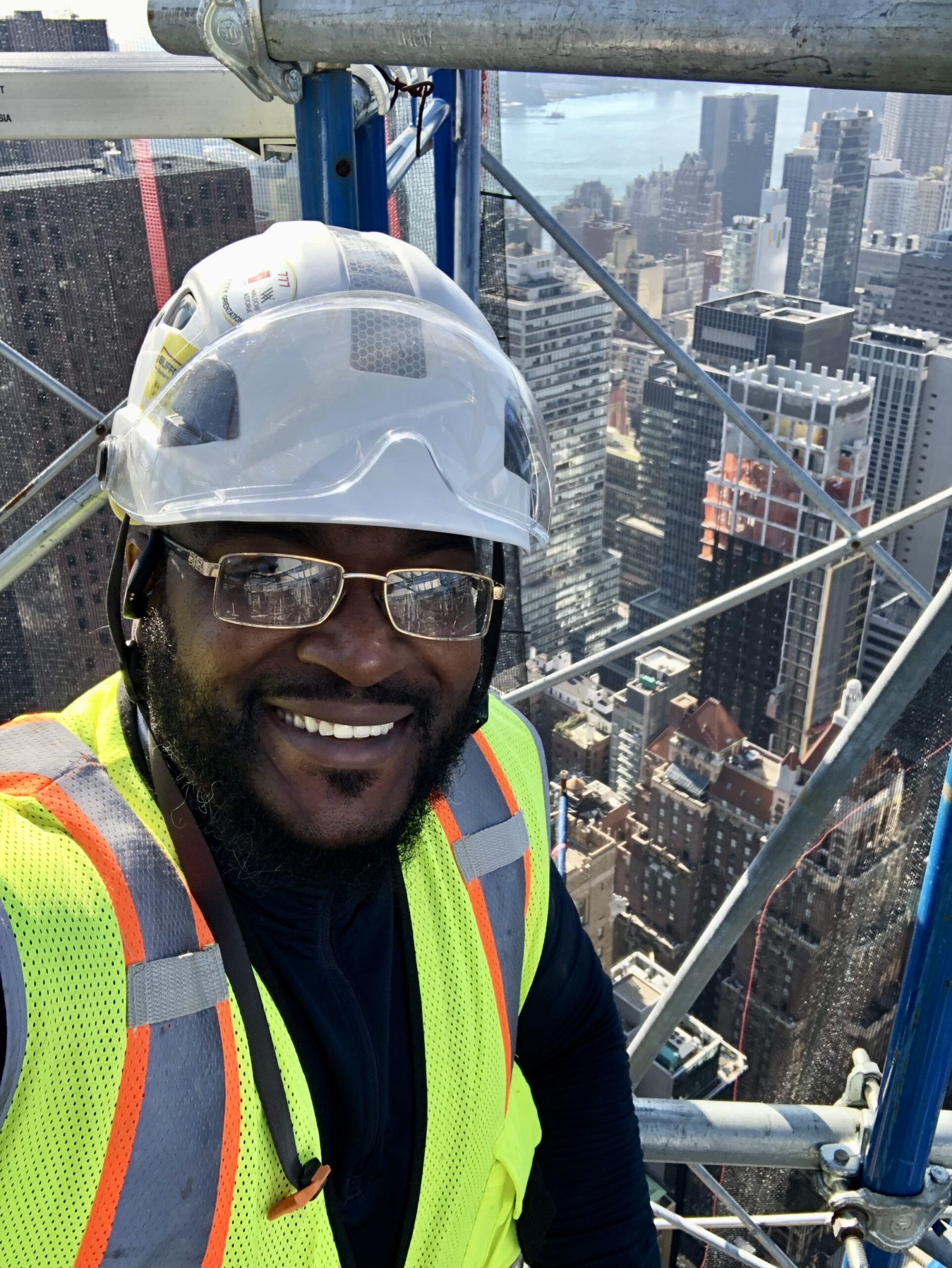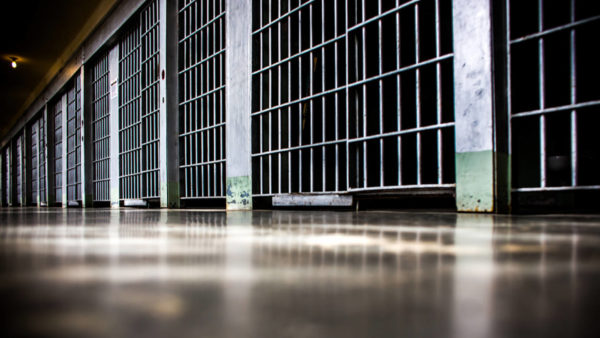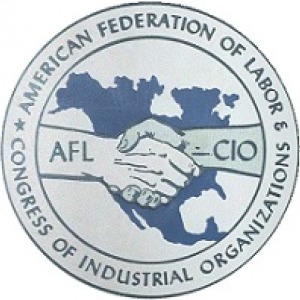New York, NY — Did you know that it took 10 million bricks to build the Empire State Building? And that the craft of bricklaying goes as far back as the Egyptians, 6,000 years ago? It has literally been the foundation behind some of the world’s oldest and most ancient structures such as the Taj Mahal, the Great Wall of China, Rome’s Colosseum, and many more.
Today, people still stare in awe at the work of modern bricklayers when they visit places where the workers have plied their trade, whether in restoration, as in the Cathedral of St. John the Divine on New York’s Upper West Side, or Yankee Stadium in the Bronx, among many others. And Local 1 members have worked on iconic buildings in Long Island as well as the five boroughs.
Bricklayers lay block and brick, set stone, plaster, and perform other tasks of the trade such as pointing, caulking and cleaning. Attention to detail, strength, coordination and balance are key.
Carlos France, 35, grew up in Brooklyn, NY and lived there for most of his life. His first job site, that he calls a “privilege” to work on, is one of the most iconic buildings in Manhattan, the Waldorf Astoria Hotel. “It spans a full city block, from 50th to 51st street and Park to Lexington Avenues and was created in 1931,” says France admiringly.
“It was a total restoration job, and the company I worked for had a great amount of experienced workers who really mentored me in the business throughout the time frame I had the honor of working with them,” he continues, “Being fresh out of the training school I was not sure what to expect at the time.”
France says he feels a great deal of pride in being a part of a brotherhood of craft workers who have left a huge imprint on the city he loves so much.
As to how he got interested in the trade in the first place, he told LaborPress that as a younger man working in different parts of the city, seeing new construction jobs going up and observing the men and women working on these landmarks, he always would have the thought, “I could do that one day – that could be me.” Around 2019, he says, he was witnessing new building construction in his neighborhood. “It had a lot of masonry work being done, and I would pass by each day on my way to work seeing the men fearlessly on the side of buildings, laying brick by brick, facing the NYC weather elements, creating the infrastructure that our growing city needs – apartment complexes, daycare, schools etc. And I thought to myself I would be proud to do something like that one day. And being able to witness that on a daily basis was very inspiring to me, and I wanted to be one of those men. I would have daydreams at times of driving by with my wife and kids, passing a building I worked on, pinpointing exactly what areas of that structure my hands created.”
France is currently working on a job site located on 2nd Street and 55th Avenue in Long Island City, Queens, a 45-story apartment complex.
His favorite part of the craft is creating “brick leads”. “I have not yet had the honor to do so on a job site, but I have spent almost hundreds of hours practicing this at our training school, with the hopes of doing so on the job one day. As a 1st year apprentice, this is unlikely to happen, as that part of the job is typically done by someone with years and years of experience.”
His experience in the apprentice training program has been overwhelmingly positive, and because of that he has put in extra effort. “The training program at the school has been excellent, which keeps me coming to the school almost 2-3 times a week even on the days that I am completely exhausted from work, but all the teachers are so helpful and want you to succeed, and even if it’s just to talk about your experiences and any issues you many encounter, it’s worth it to go as much as you’re able to. It’s a very well-run program with great teachers/mentors.”
His take on his union experience is profound. “Being in a union means to me – I can summarize this with one Japanese term I learned about many years ago – called ‘Ikigai’.
‘Iki’- in Japanese means ‘Life’.
‘Gai’- in Japanese describes ‘Value and Worth’.
It’s an intersection between what you love, what you’re good at, what the world needs, and what you can get paid for.
Basically what it means is: ‘Should I take a safe job, or one that makes me happier but is less safe, it’s the bliss, purpose and intention in what you’re doing, it’s the reason you get out of bed, it’s your purpose for being alive, it’s something that sets your heart on fire, which being a part of this union does for me.”




